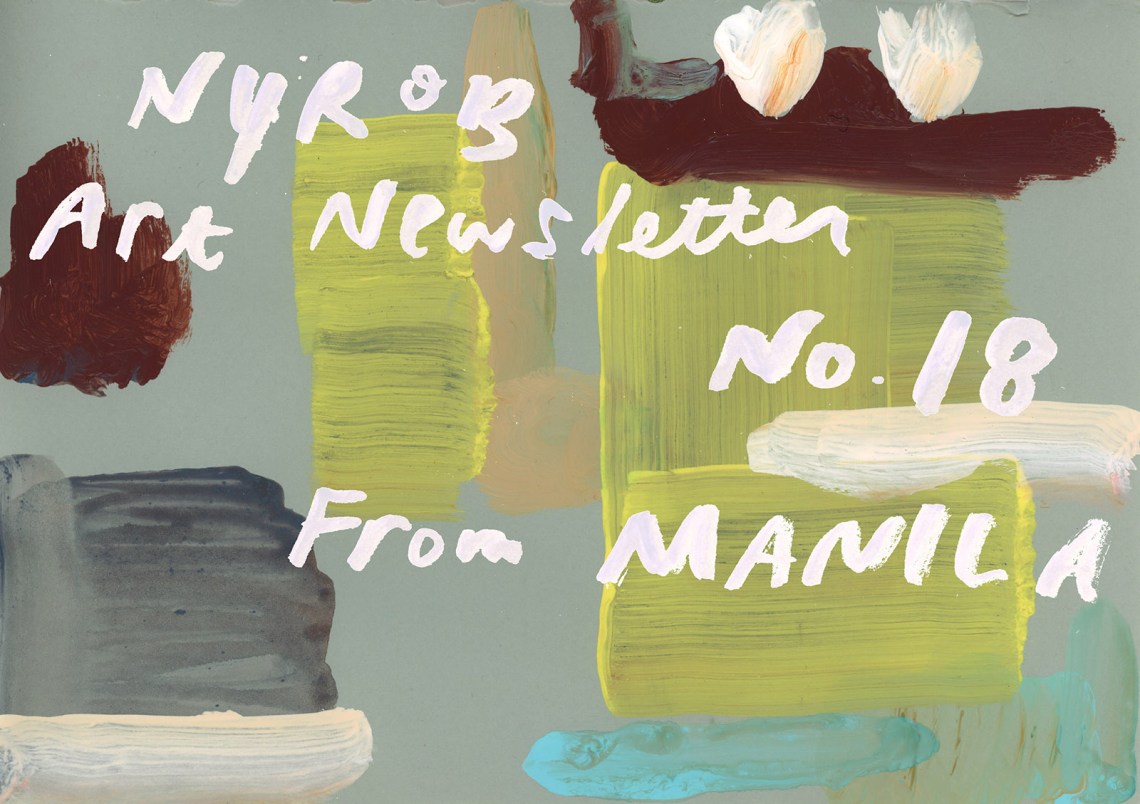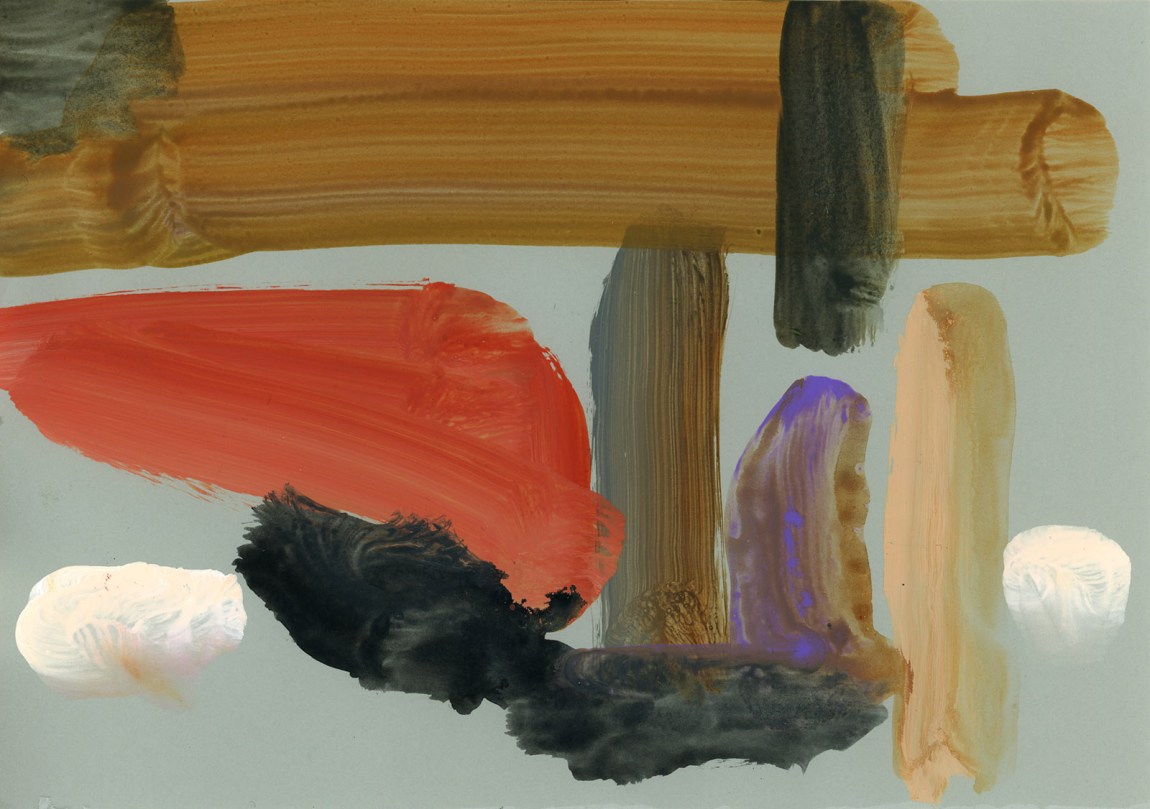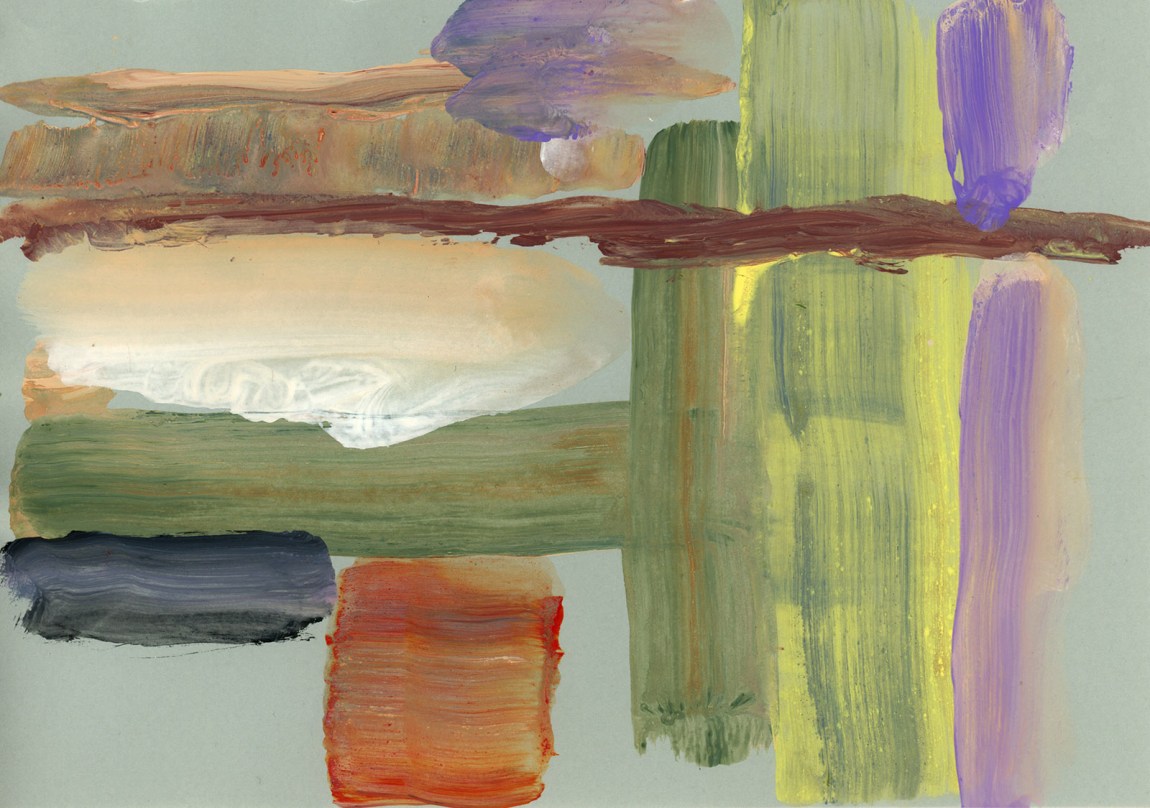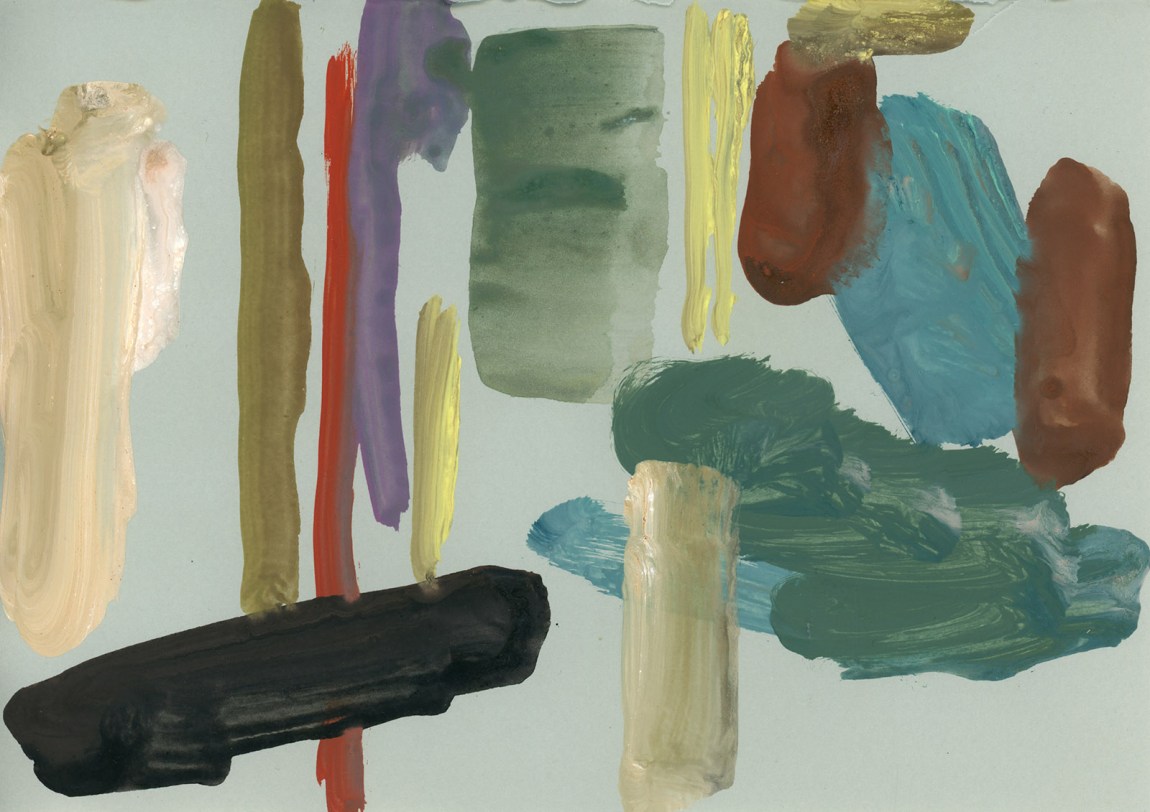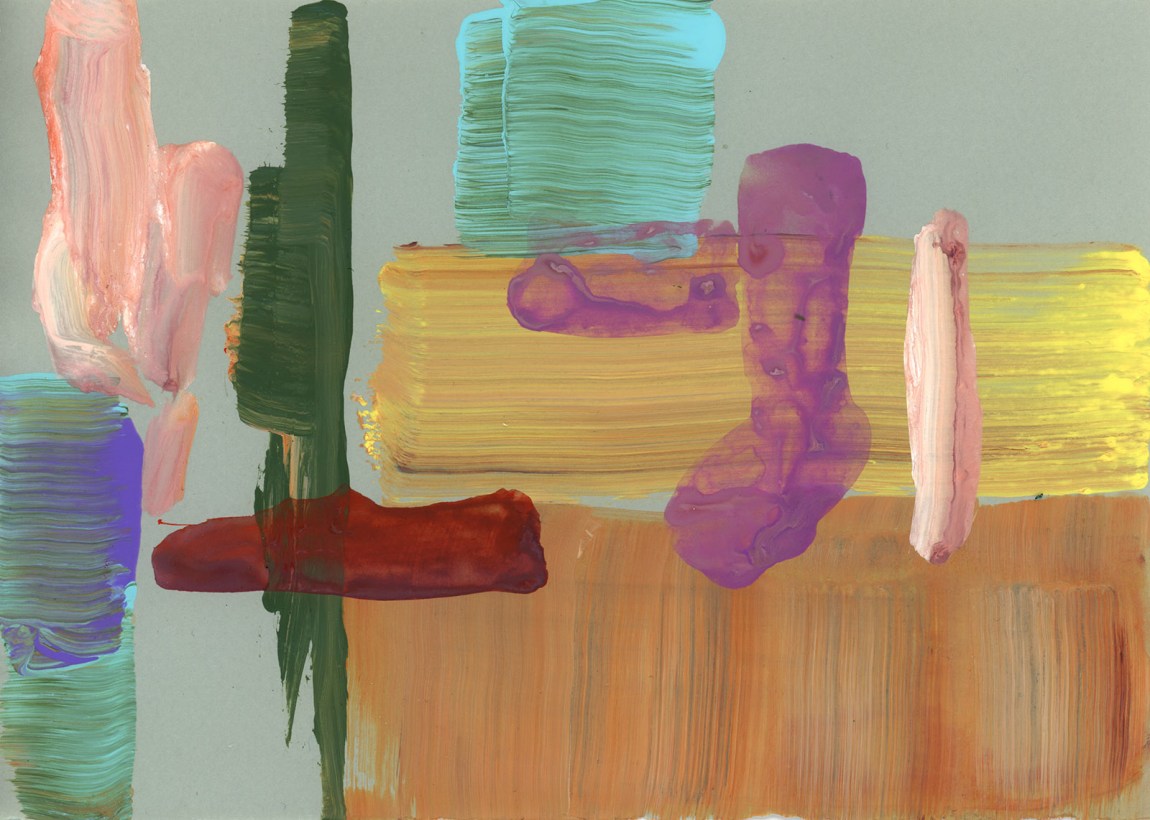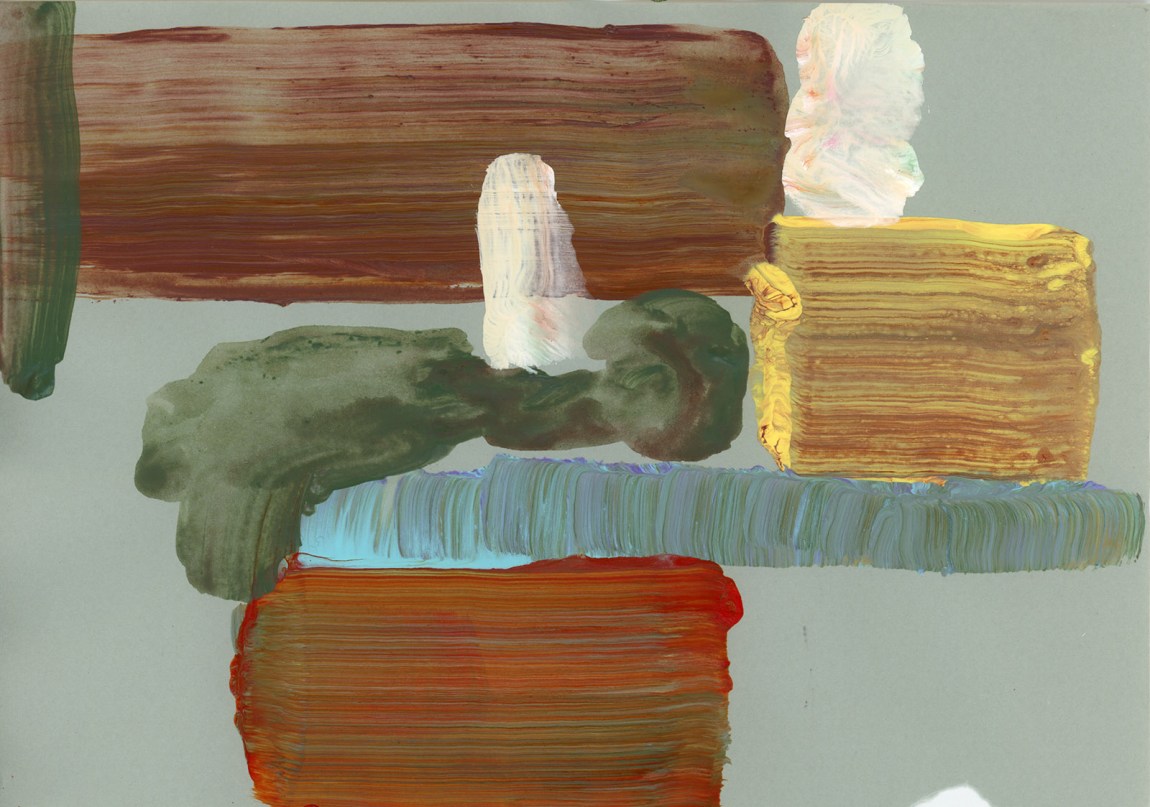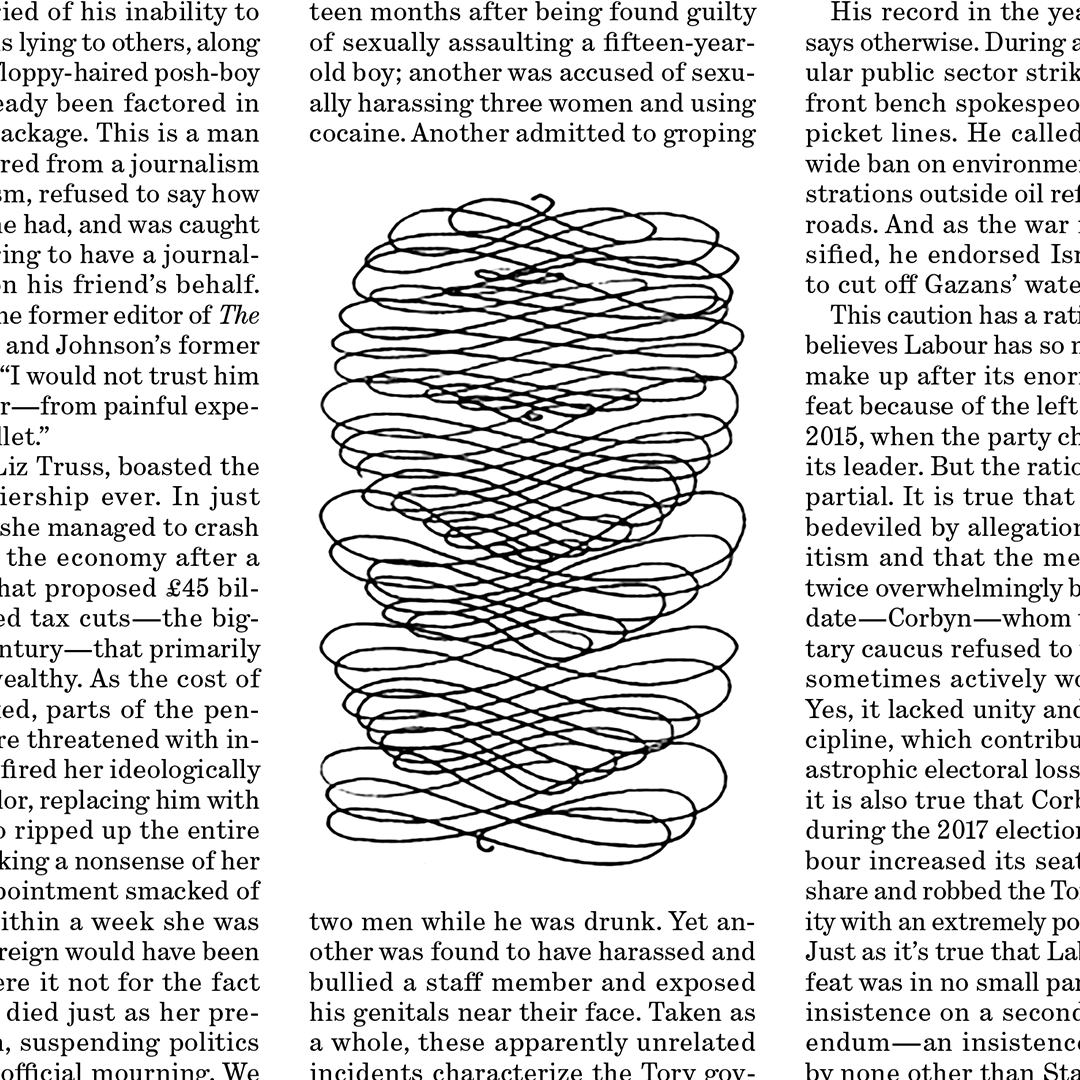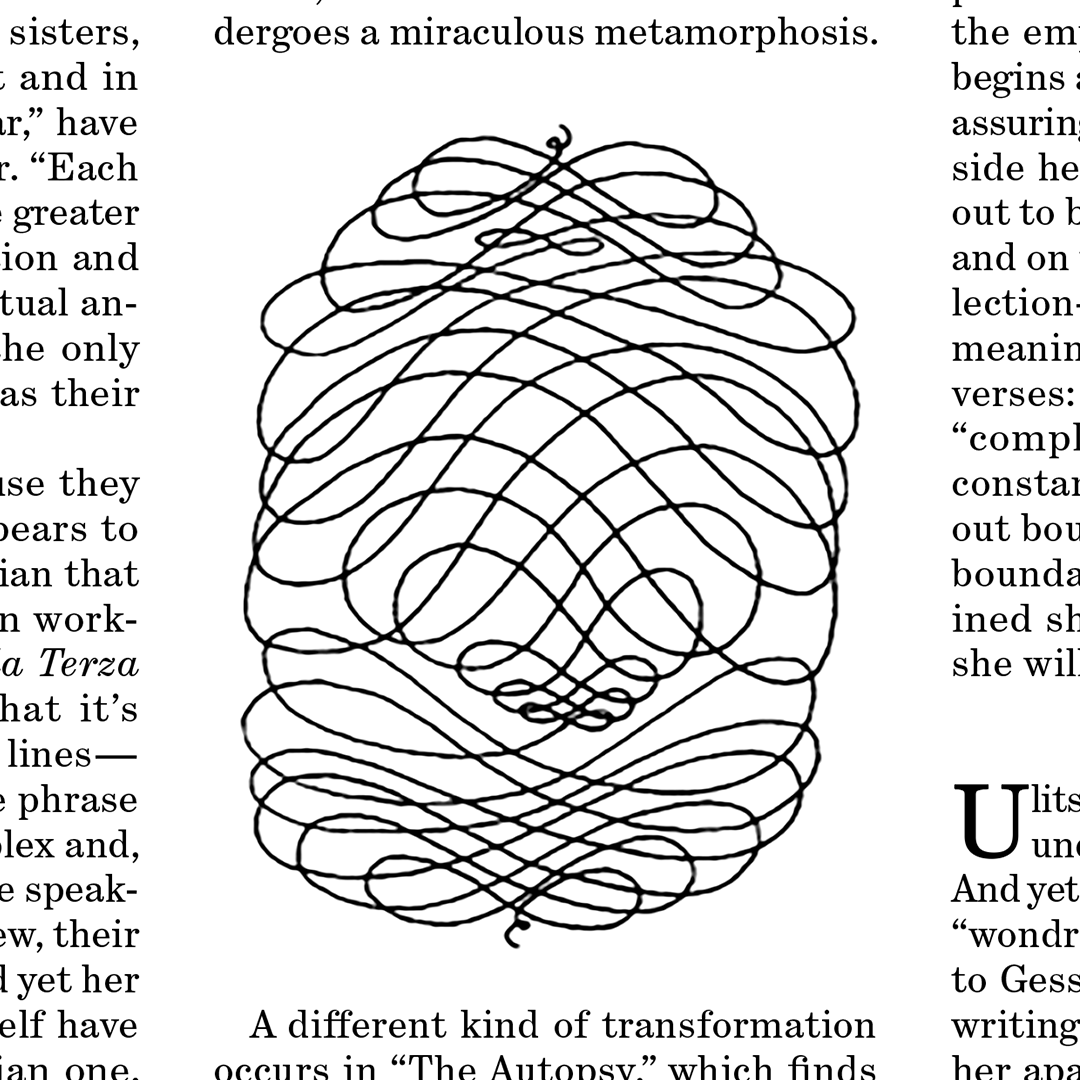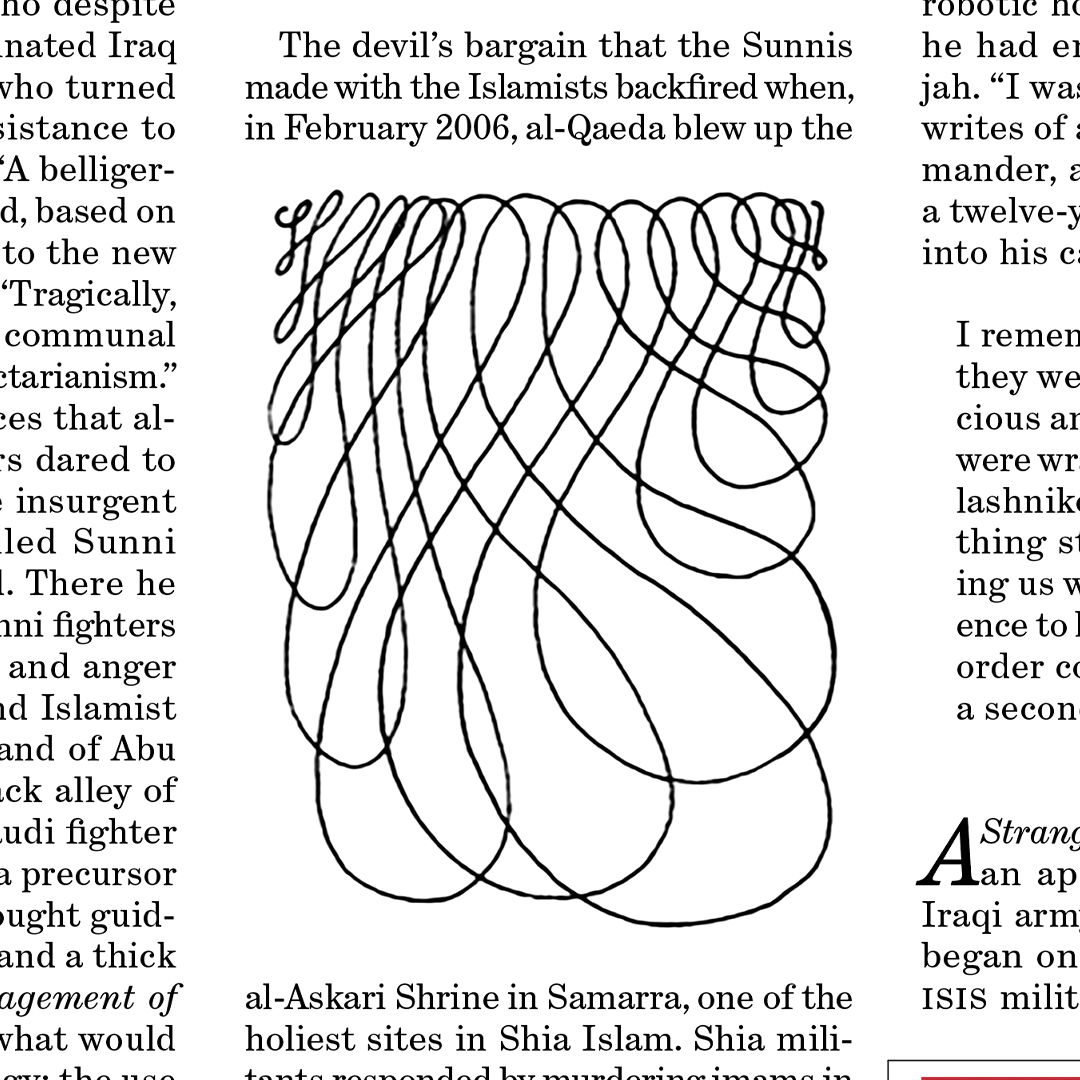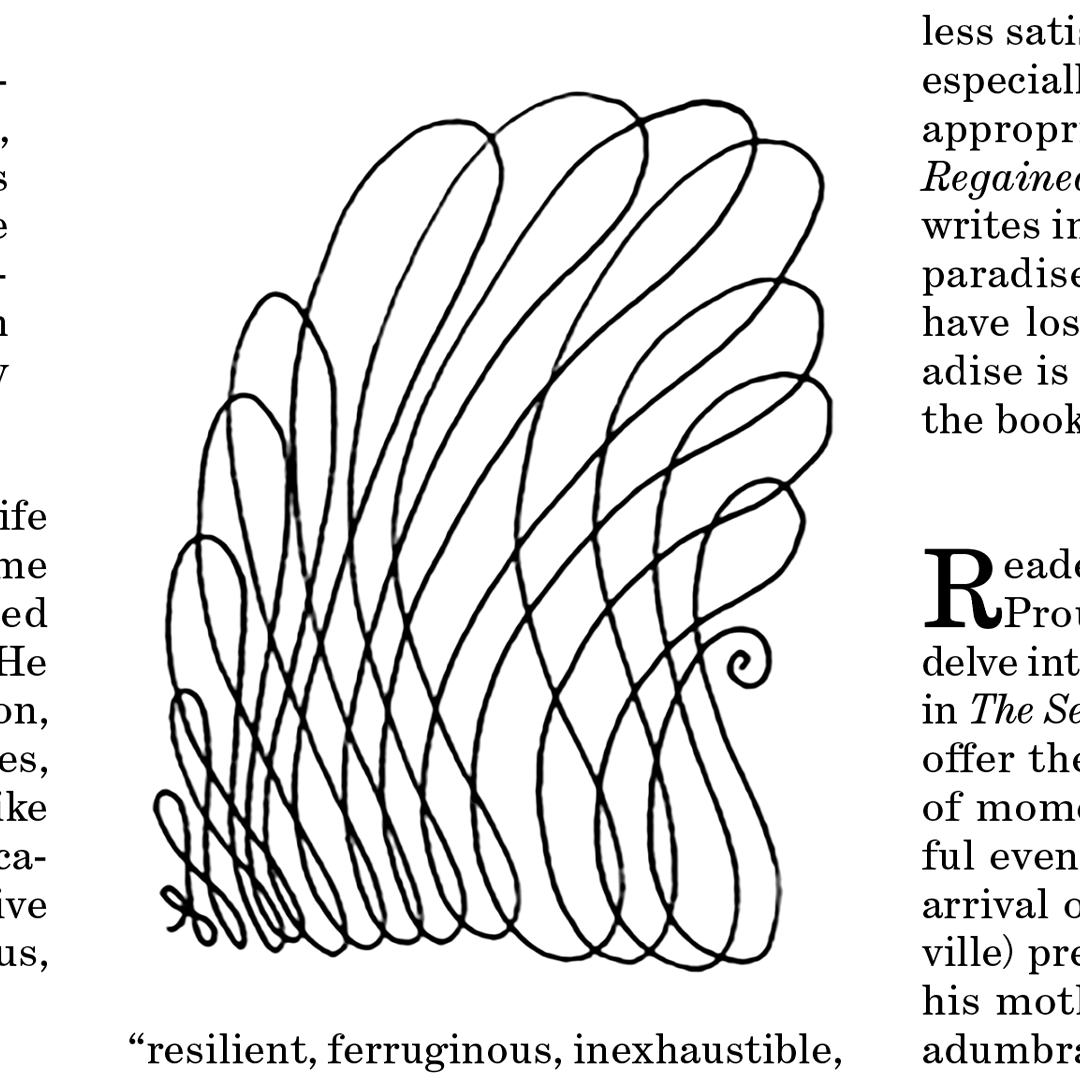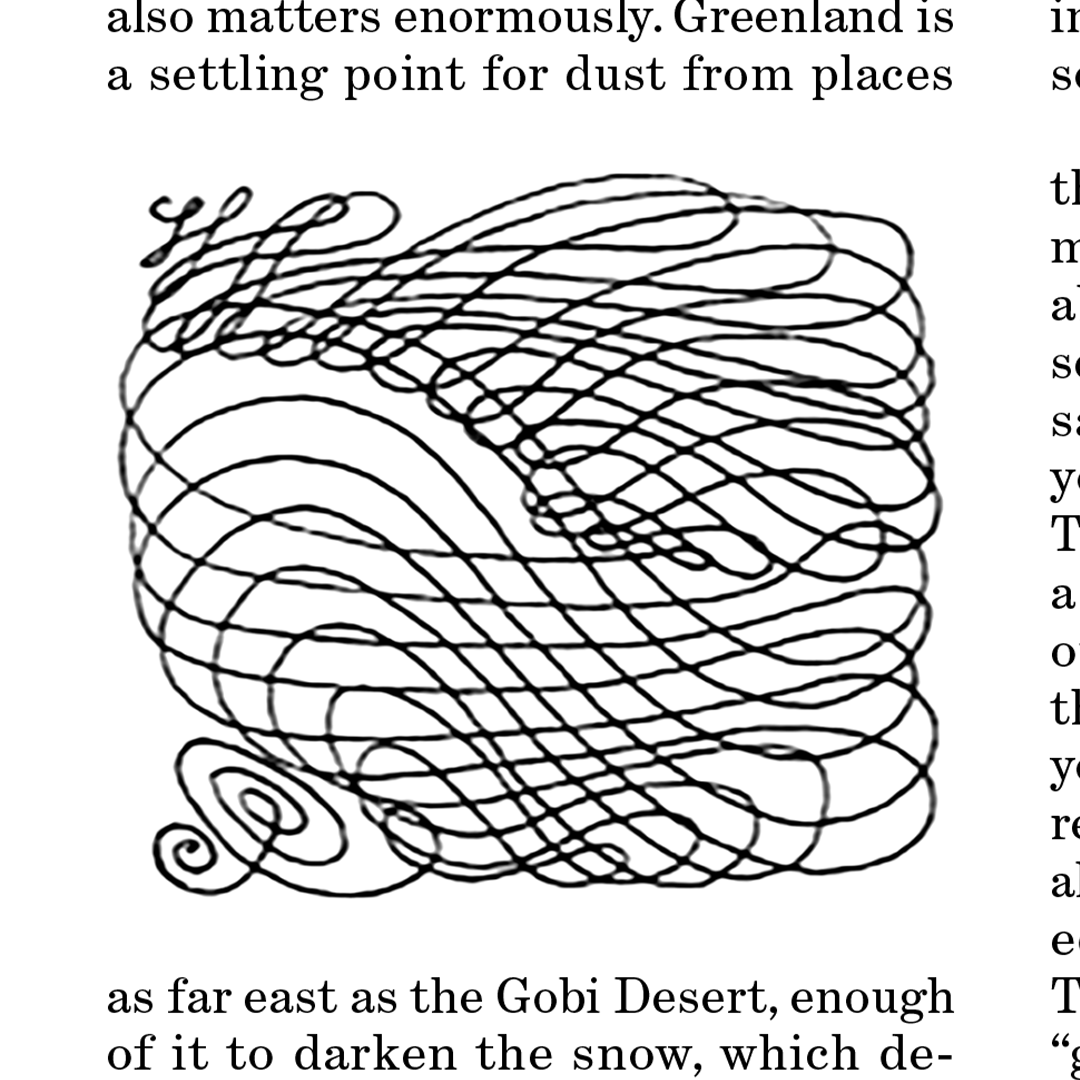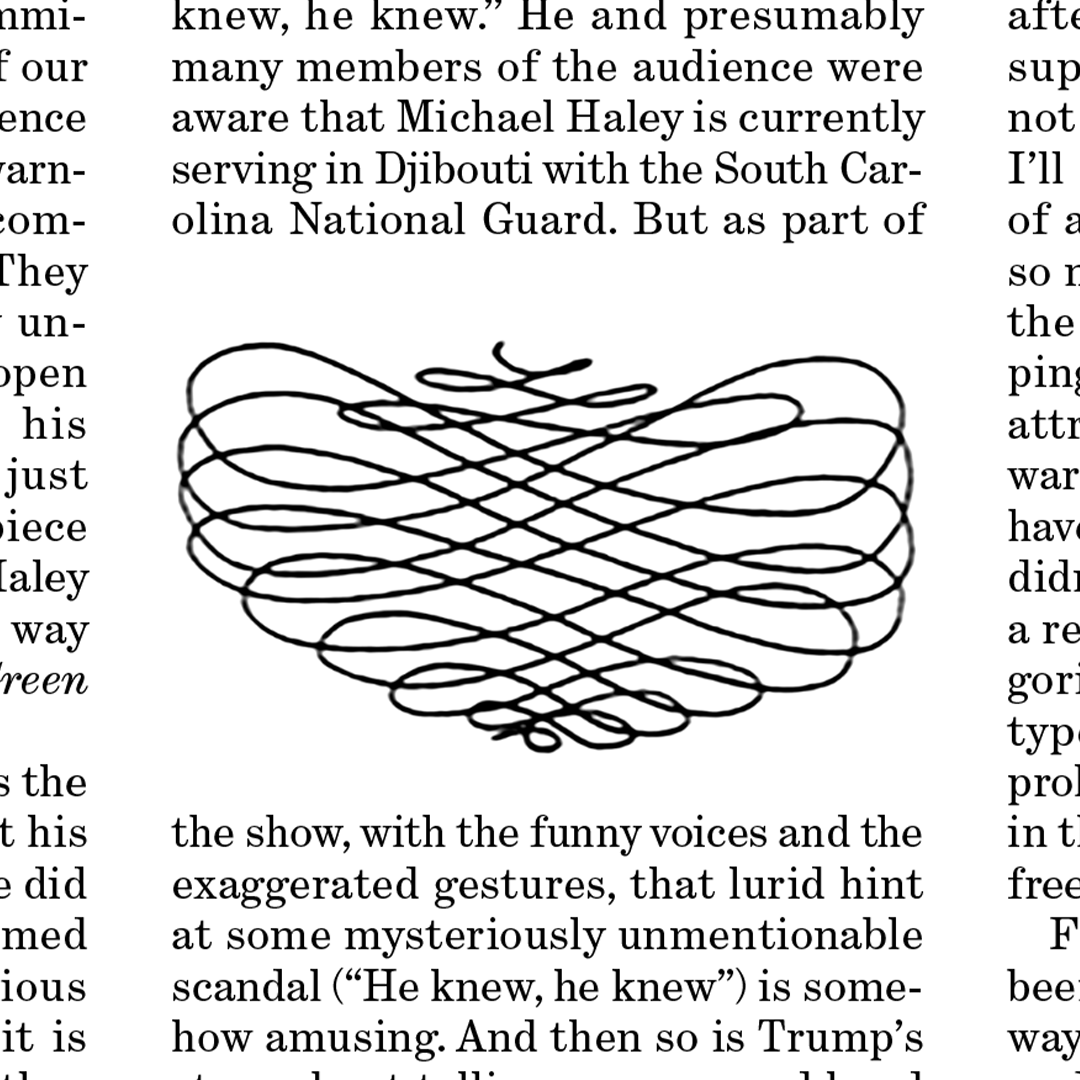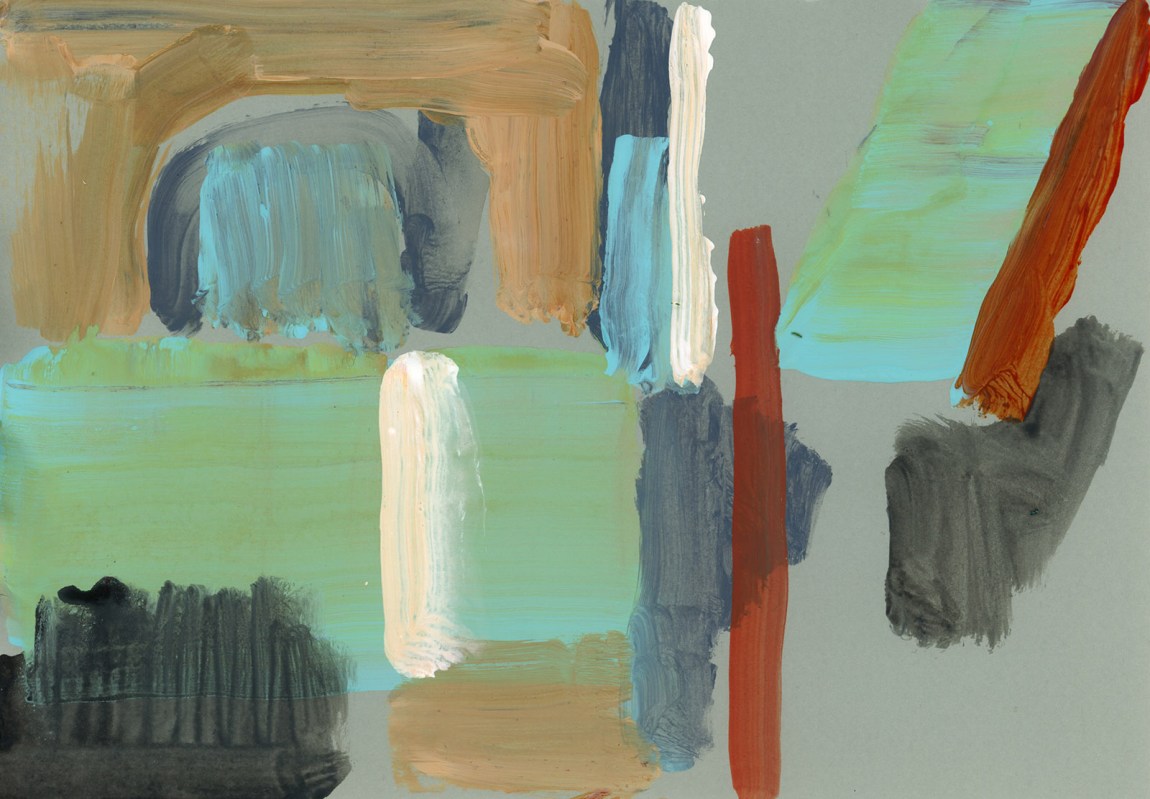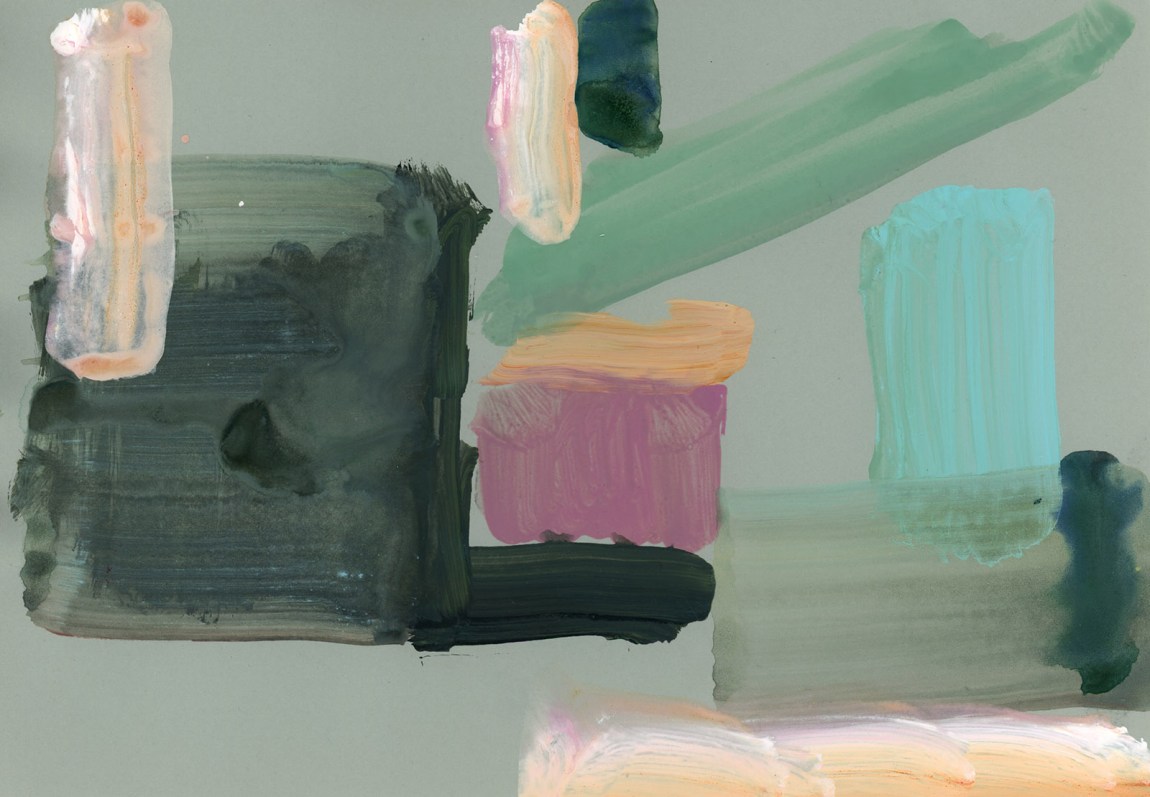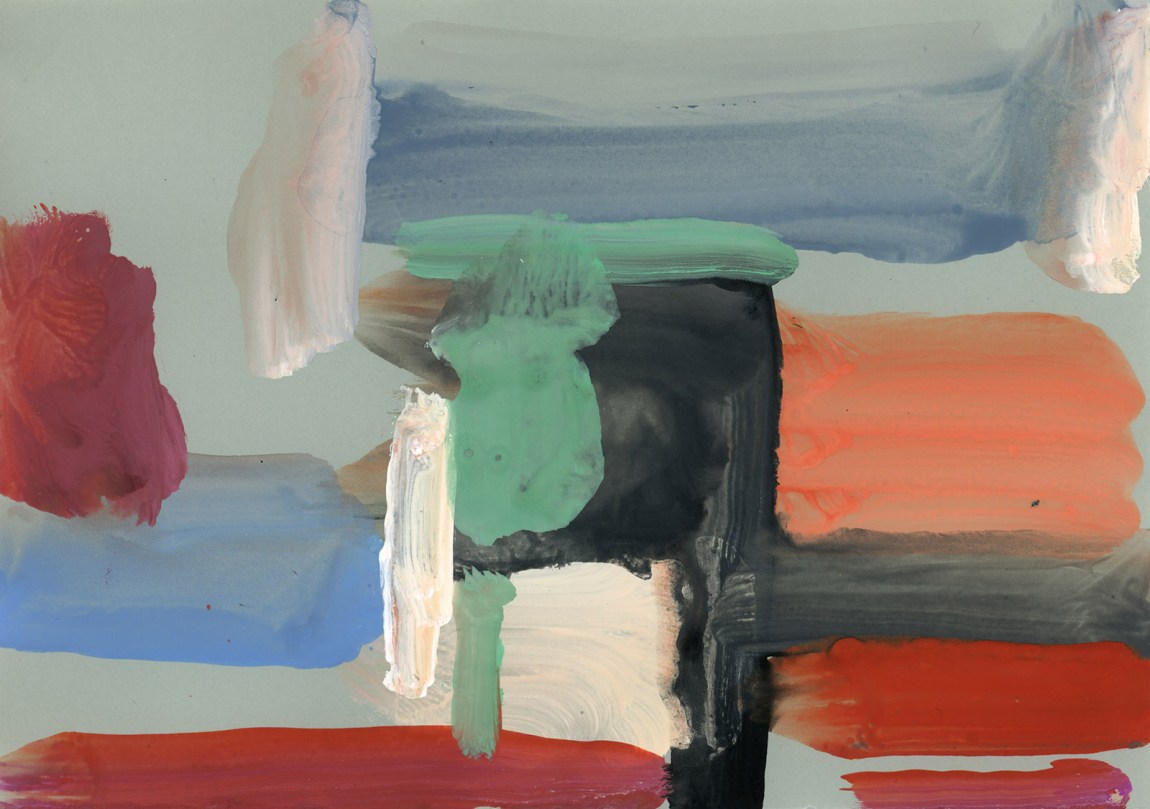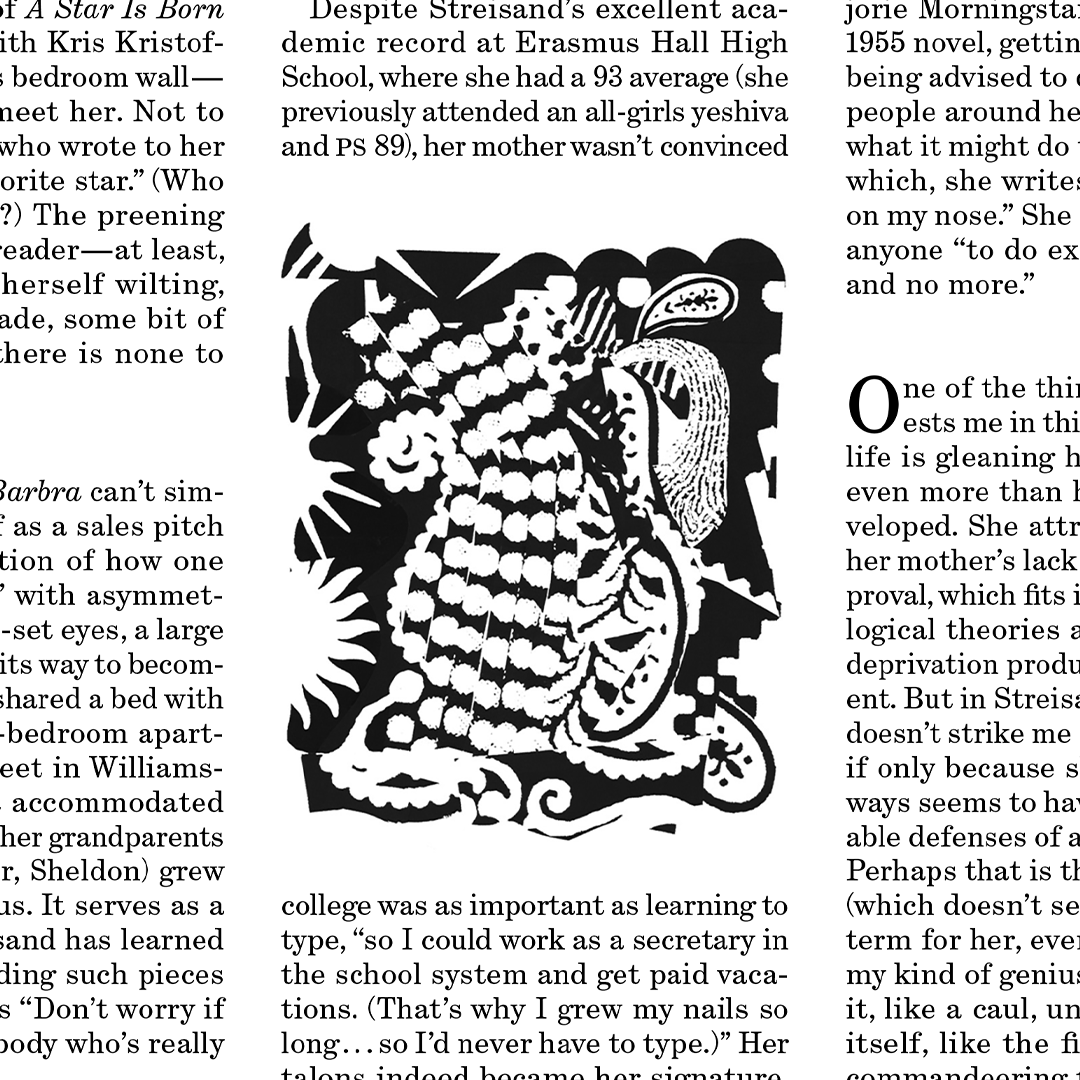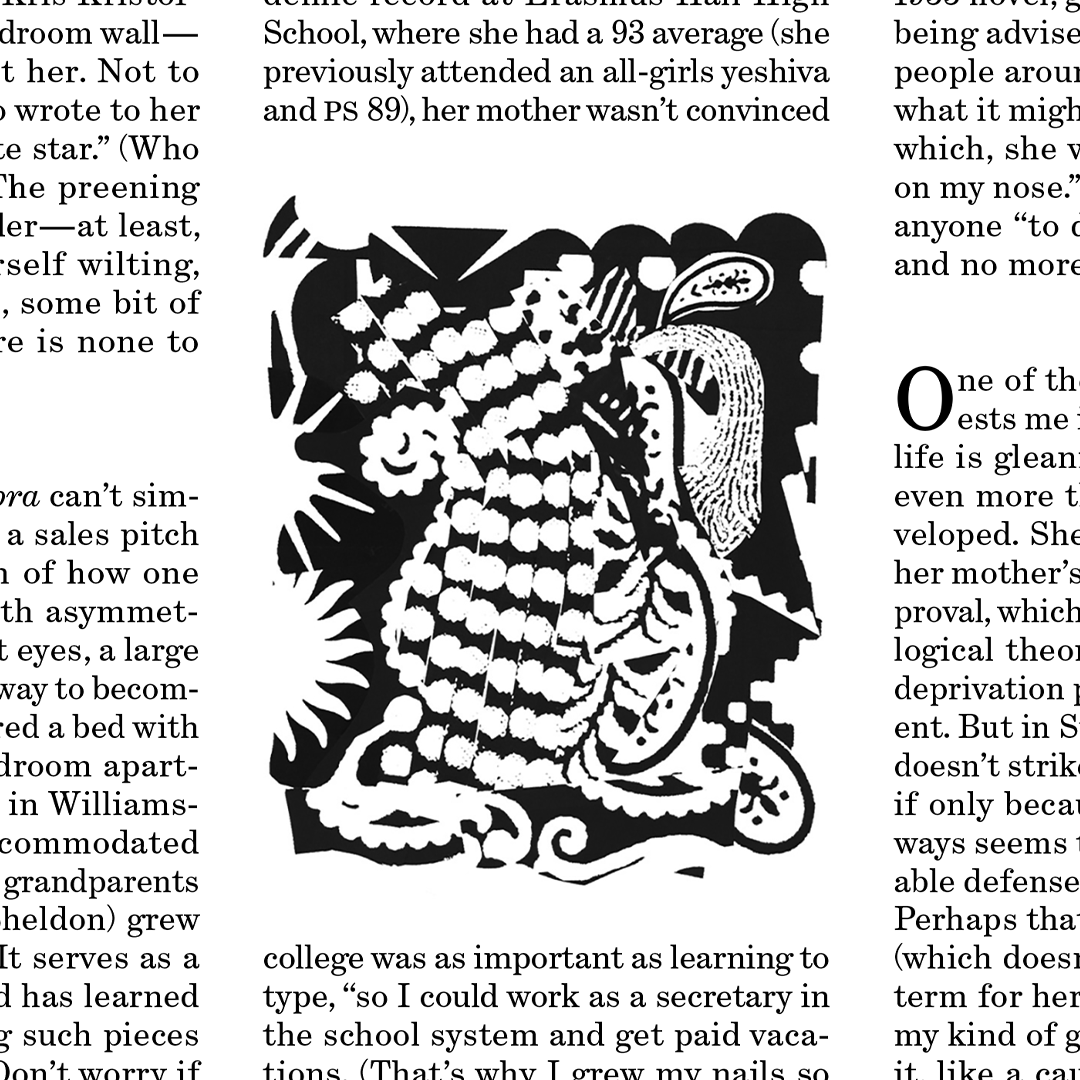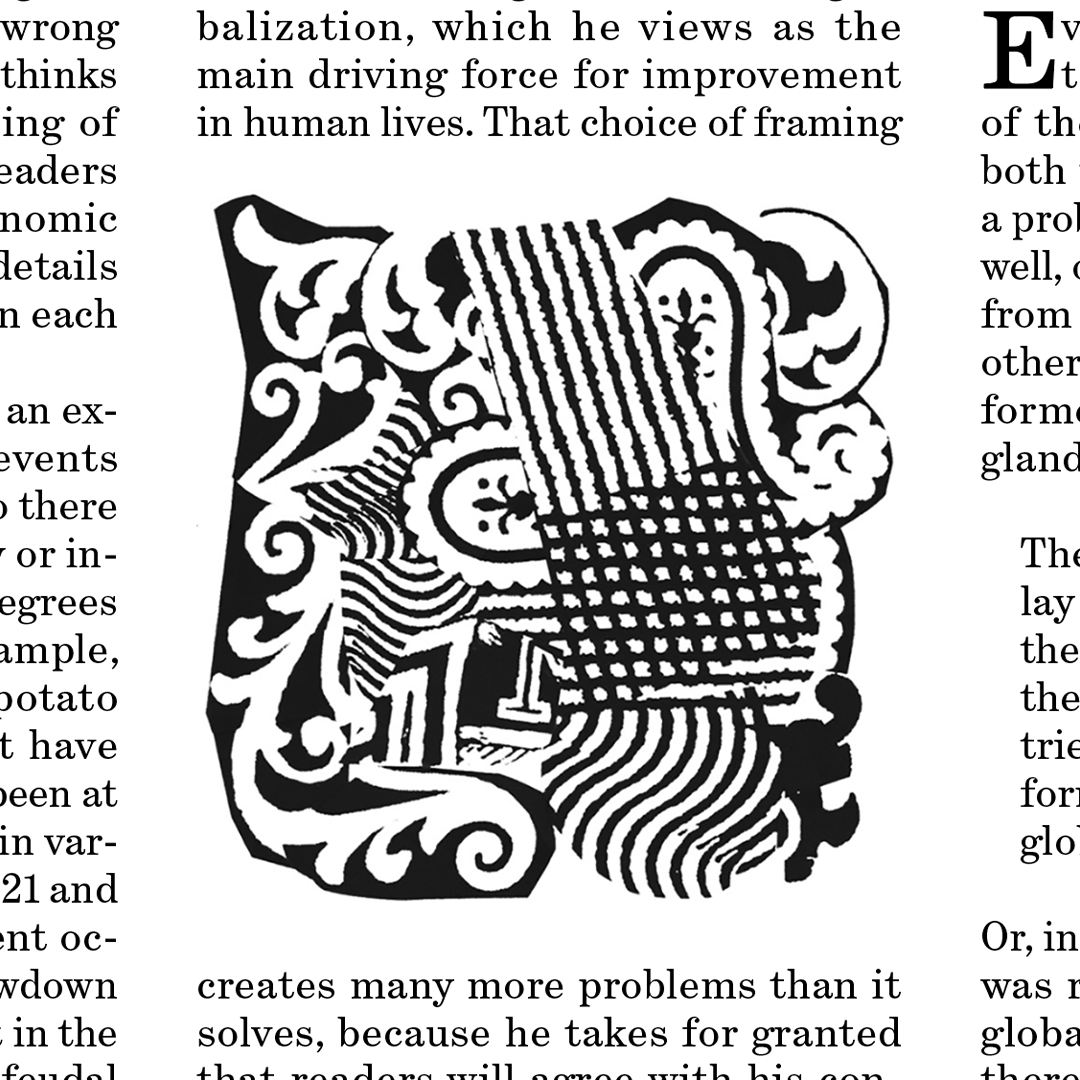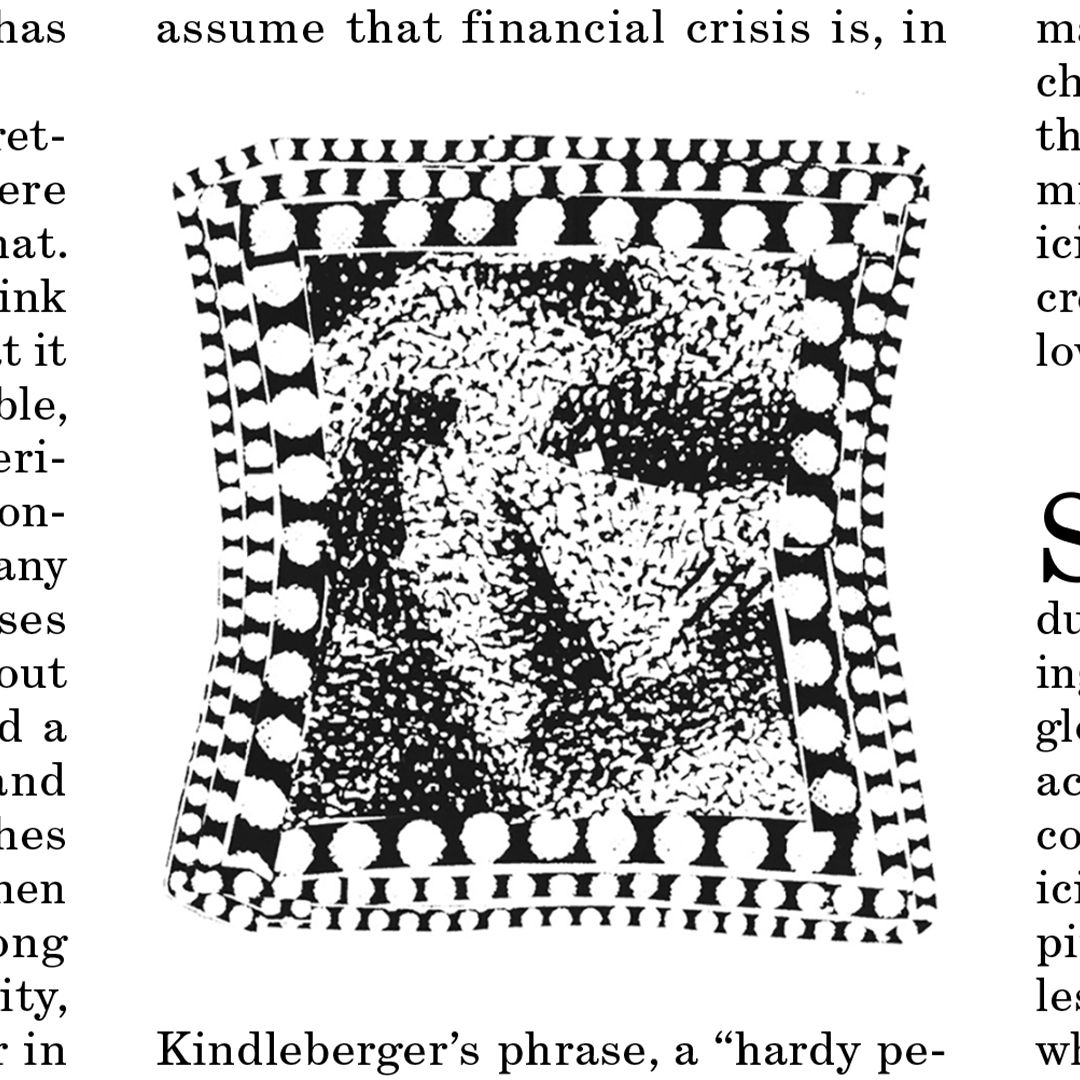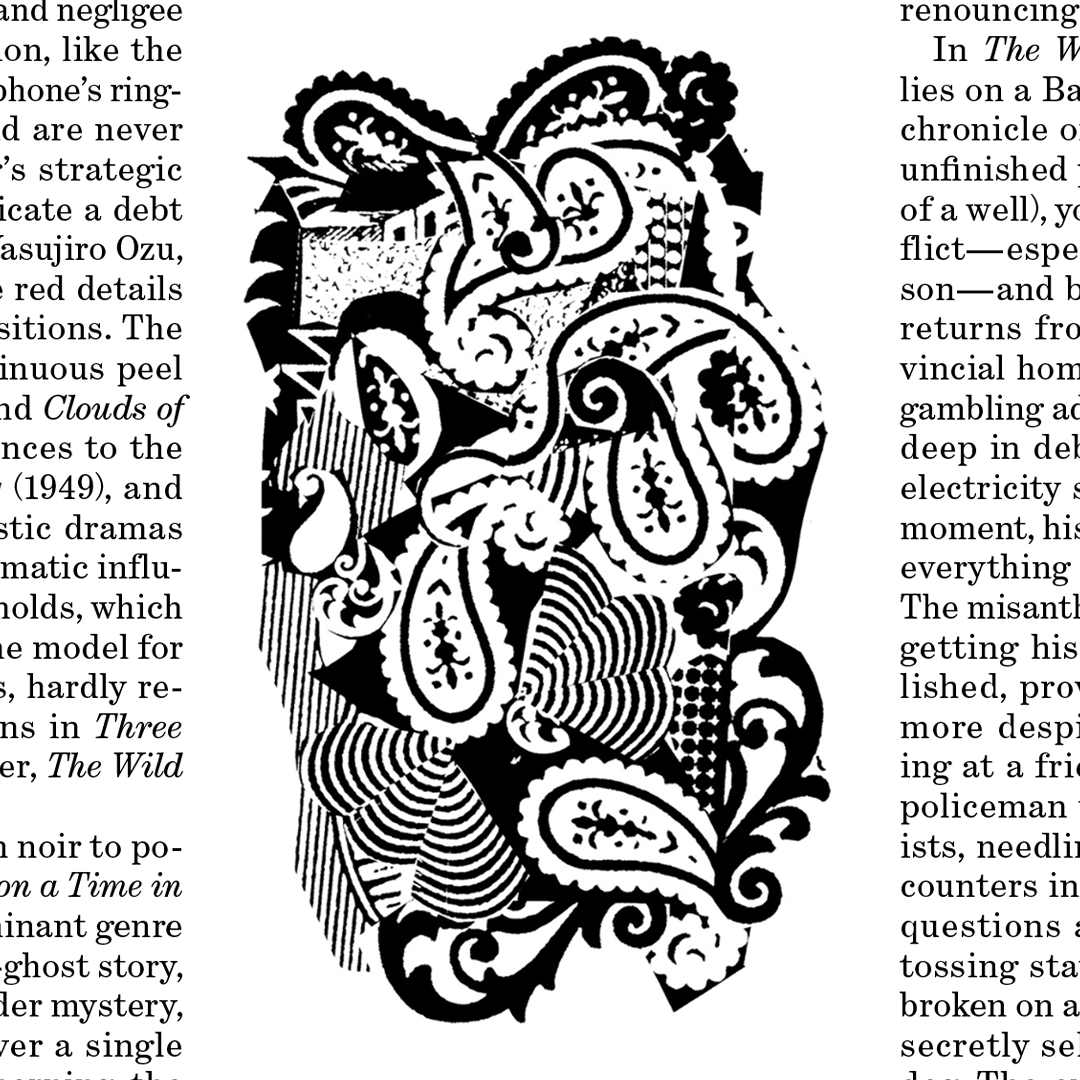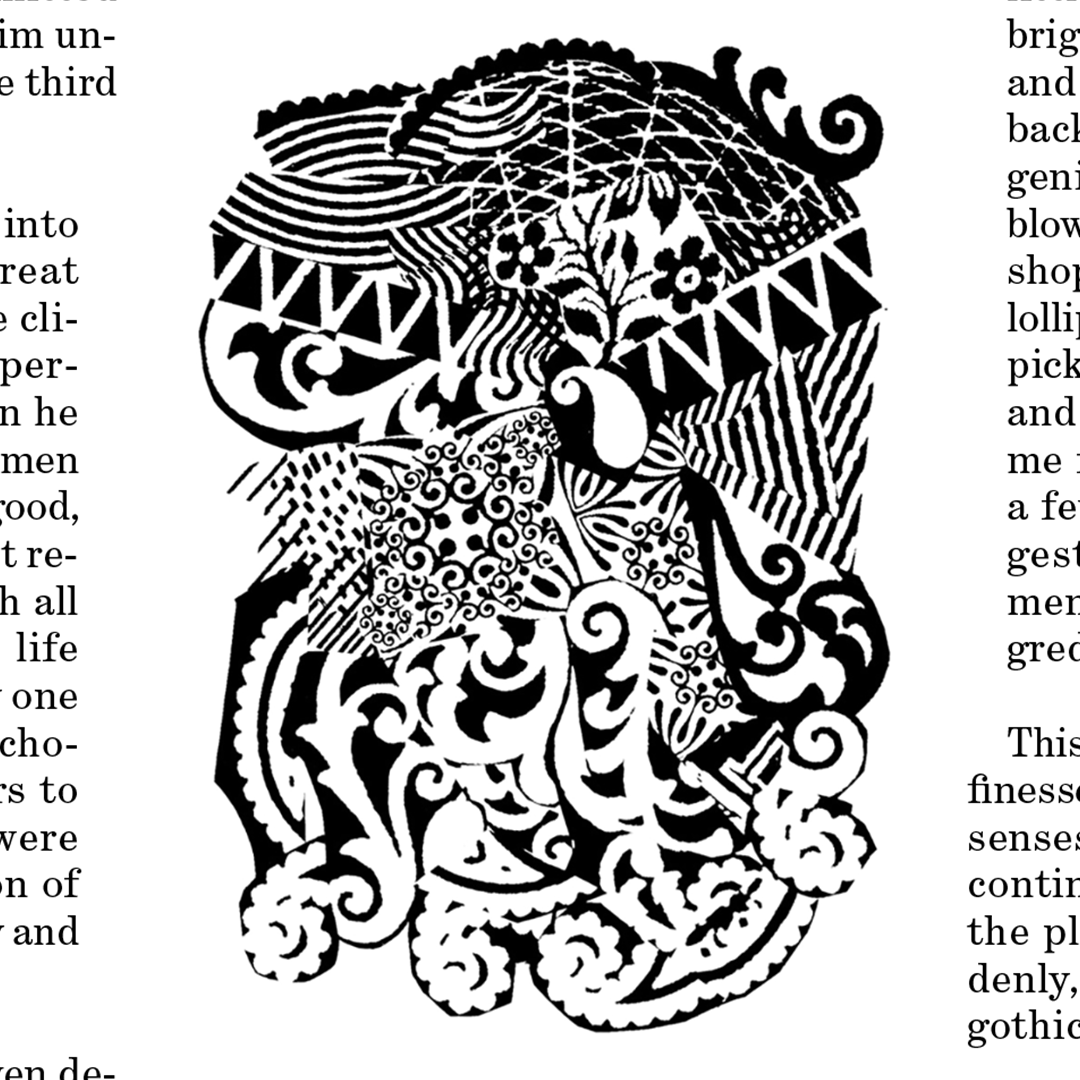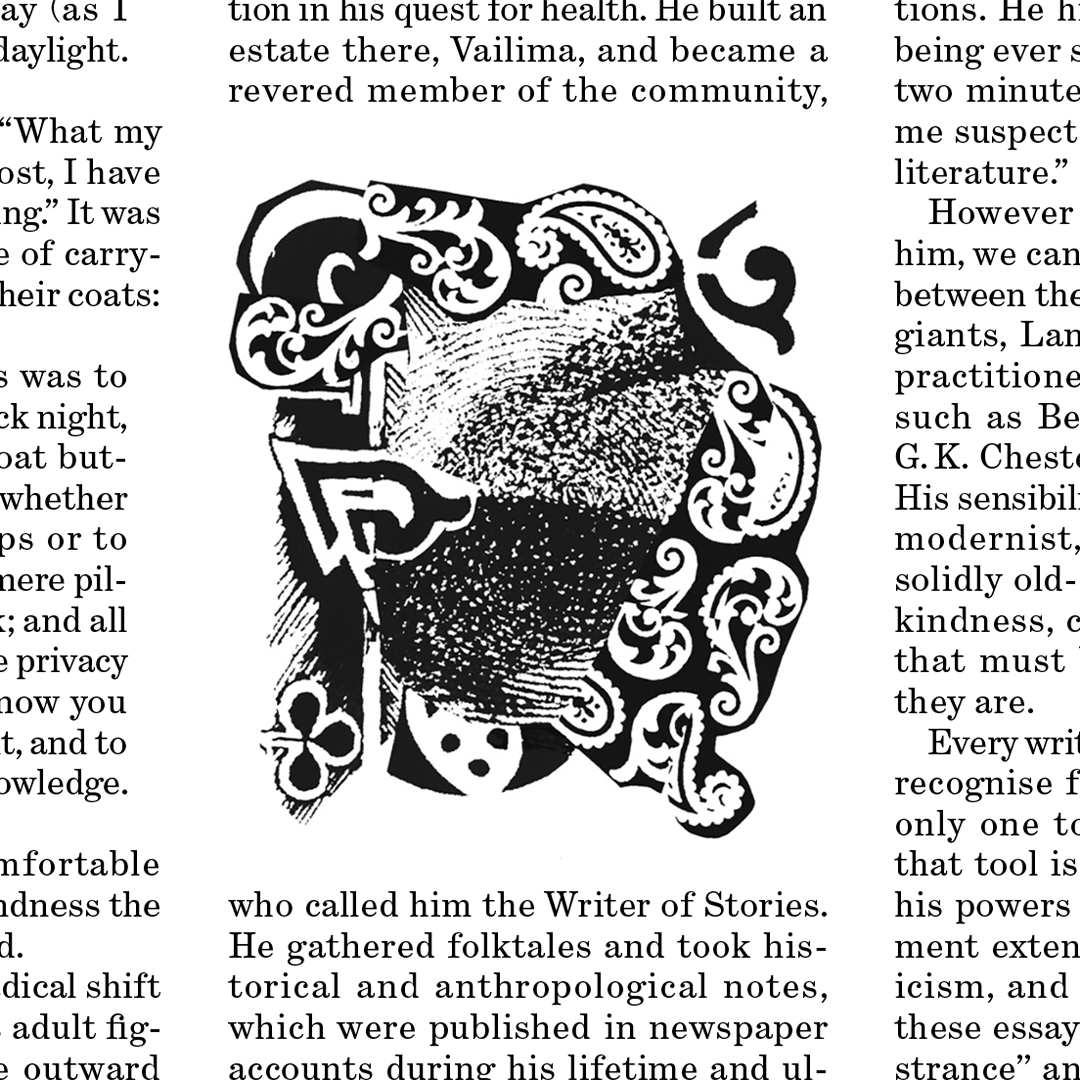Our eighteenth art newsletter is drawn from the particular palette of the Philippines and sketches I made on a research trip that I took there after closing the March 21 issue and assigning art for the April 4 one. Arriving in Manila from gray New York, I melted into the eighty-nine-degree heat and the unfamiliar colors of the old and new city.
Our March 21 cover is by the French painter Nathanaëlle Herbelin, whose sensitive, figurative paintings I first saw in the fall of 2022. I stored her work away in my memory like a squirrel’s acorn, hoping to make use of it in the future. The range of stories in the issue brought the broad scope of her subjects to mind. She said she was happy that we’d chosen Oiseaux, Version 2 (2022), since she had made it during a residency in New York and felt she hadn’t exhibited it enough. Her work can also be seen at her solo show in Paris, at the Musée d’Orsay through June 30.
Inside the issue, Gary Younge writes about his discovery, upon returning to London after twelve years in the United States, of the degraded state of Britain. I sent the essay to Paul Davis, whose illustrations of Britons and British infrastructure have always been keenly critical. Anna Higgie, another Brit, based in Bristol, gave us a triple portrait of Borges, Kant, and Heisenberg to go along with Meghan O’Gieblyn’s essay about the three giants of literature, philosophy, and science, and after some notes regarding the proximity of Kant’s head to Borges’s crotch, she deftly turned around a final revision.
I laughed aloud when I opened the finished file of Paul Sahre’s illustration for David Cole’s essay about the regulation of speech on social media—the founding fathers awash in the glow of devices hit just the right note. And Yann Kebbi contributed a perfect Proust for Peter Brooks’s article about a recent translation of the seventh volume of In Search of Lost Time and the art of translating the doe-eyed Frenchman.
I loved Verlyn Klinkenborg’s review of Jay Owens’s book Dust: The Modern World in a Trillion Particles, and it gave me a chance to contact the Montreal-based painter Dagny Bock. The children’s book author and illustrator Jon Klassen had directed me to Bock’s work one morning after a studio visit. I find a lot of artists this way, through networks of artists and shared sensibilities.
I’d been seeing Lauren Peters-Collaer’s work for some time, on some of my favorite book covers (Patricia Lockwood’s No One Is Talking About This and Meghan O’Rourke’s The Invisible Kingdom) and in the pages of The New Yorker and The New York Times Book Review. I cold-called her to see if she could put something together for a Linda Greenhouse essay about activism and the courts. Much to my delight, she delivered a wonderful depiction of Lady Justice holding a bullhorn. For Lily Meyer’s review of the novel January by Sara Gallardo, the Berlin-based artist Romy Blümel painted the Argentine writer with bright lips and blue hair.
I was happy with how Joanna Avillez’s series art looked on the page. She sent us two ideas, one based on old Letraset flourishes, the other on her collection of paper tablecloths. The mere mention of Letraset, a popular brand of dry-transfer type, sent me back to my father’s drafting table and my days working as a clerk in a Toronto art supply store. So the choice was easy. Our series art does seem to function the same way that typographic dingbats and elements used to in old magazines, and Avillez’s work made me daydream about the possibility of dry-transfer or even tattoo versions of some of our series.
The April 4 cover is a painting from a 2021 series by Andrea Ventura titled “Epidemic of Nostalgia.” The title refers to the epidemics of homesickness reported in the French, German, Italian, and Austrian armies throughout the various European wars of the eighteenth century. Soldiers, when reminded of home, fell into apathy, weakness, and deep depression. Ventura, who usually does wonderful portraits for our reviews (including Jared Kushner and Simone Weil), explains that his paintings of soldiers napping and dozing are part of a larger body of work that “thematically plays with the representation of masculinity.”
I turned to John Brooks (who was in town for a solo show of his work at March Gallery, through April 13) to draw Alexey Navalny for Christian Caryl’s tribute to the Russian prodemocracy leader and activist. Brooks delivered a beautiful portrait the week I flew overseas. My colleague Will Simpson, who usually does design and production (and much more) for our pages, deftly and diplomatically took over the art commissions while I was away.
Advertisement
For Miranda Seymour’s review of two new books about Lord Byron, I wrote to Grant Shaffer, who is always good with a nose and a coif. His blue, cupid-lipped Byron was an evocative portrait of the poet. Vivienne Flesher was my first thought when I read Daphne Merkin’s review of Barbra Streisand’s biography. Flesher’s portraits, especially of women, always illuminate and animate their subjects. In this case, her early-career Babs is both vulnerable and steely.
The Netherlands-based illustrator Michelle Mildenberg is also fantastic with female subjects. She gave us a likeness of the translator and writer Jennifer Croft for Sophie Pinkham’s review of Croft’s latest novel, The Extinction of Irena Rey. For Trevor Jackson’s ruminations on economic disaster, Oliver Munday made a delightful collage of Ben Franklin’s hundred-dollar portrait wearing a crash helmet.
The series art in the April 4 issue is by John Broadley, who explained to me that he had something H.P. Lovecraft–eque in mind and used “the collage elements that appear on the periphery of my drawings.” Returning to monochromatic Newark from the grubby bright of Manila was a shock, but the surplus of toilet paper in the baggage claim restrooms lulled me into a mild epidemic of nostalgia for the comforts of my messed-up first-world home.


